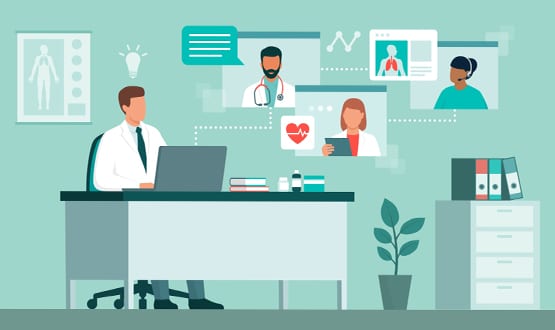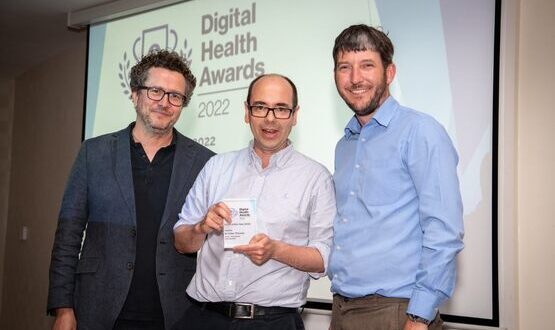Moorfields picks Hicom to develop its OpenEyes EPR
- 11 July 2017

The trust that created the OpenEyes electronic patient record has brought in an external supplier to increase the EPR’s functionality.
Moorfields Eye Hospital NHS Foundation Trust announced on 23 June that it has commissioned Hicom to work with the OpenEyes EPR.
Moorfields created the specialist open source ophthalmology EPR, and it first went live in August 2012 after a £3.5 million investment.
However, it did not deliver as quickly as expected leading to the trust to re-evaluate its requirements and go out for a mini-tender in August 2016.
Elisa Steele, chief information officer at Moorfields, told Digital Health News that following that process Hicom was chosen to provide more general EPR functionality and provide core admin electronic medical record (EMR) functions.
“[Moorfields] came out with what amounted to a hybrid solution, so effectively OpenEyes had the core ophthalmologic product supported by Hicom’s CareHub for the more generic electronic patient record or EMR type functionality.”
When Steele joined the trust 18 months ago she said that despite wide spread clinical support, “it didn’t deliver as quickly as it perhaps should have done”.
She said that OpenEyes is very specific for ophthalmologic use, and “in another organisation this would be a departmental solution”.
“For Moorfields of course, this is the be all and end all.”
Steele hopes that by end of March 2018, the EPR rollout has begun and there will be a rapid release of software in the subsequent months.
The EPR is currently deployed at 31 sites and is mainly used for letter discharge summaries and drug recording.
One of the key success criteria of this partnership is managing this change to support the deployment, said Steele.
“We’re absolutely not just going to be developing this software and chucking it over the fence.”
By using Hicom, OpenEyes will also be able to improve the trust’s ability to identify patients that are suitable for particular research pieces and audit its data to demonstrate clinical outcomes.
Steele said that four million people in the UK will have sight loss by 2050, and stressed the importance of technology to manage the increasing patient numbers.
“We really really have to get our act together to ensure we can provide the services that patients need with slick IT systems and the support for the pathways to ensure that they get the treatment quickly.”
John Sanderson, Hicom’s director, said in a statement that the collaboration between healthcare providers and technology suppliers is being increasingly recognised as key to enabling transformation within the NHS, “and we anticipate that this initiative will be a model for other organisations in the UK and overseas.”
OpenEyes software has also been taken up by Bolton NHS Foundation Trust in January this year.
It has been deployed across 40 sites in developing Commonwealth countries and East Kent Hospitals University NHS Foundation Trust last year.




